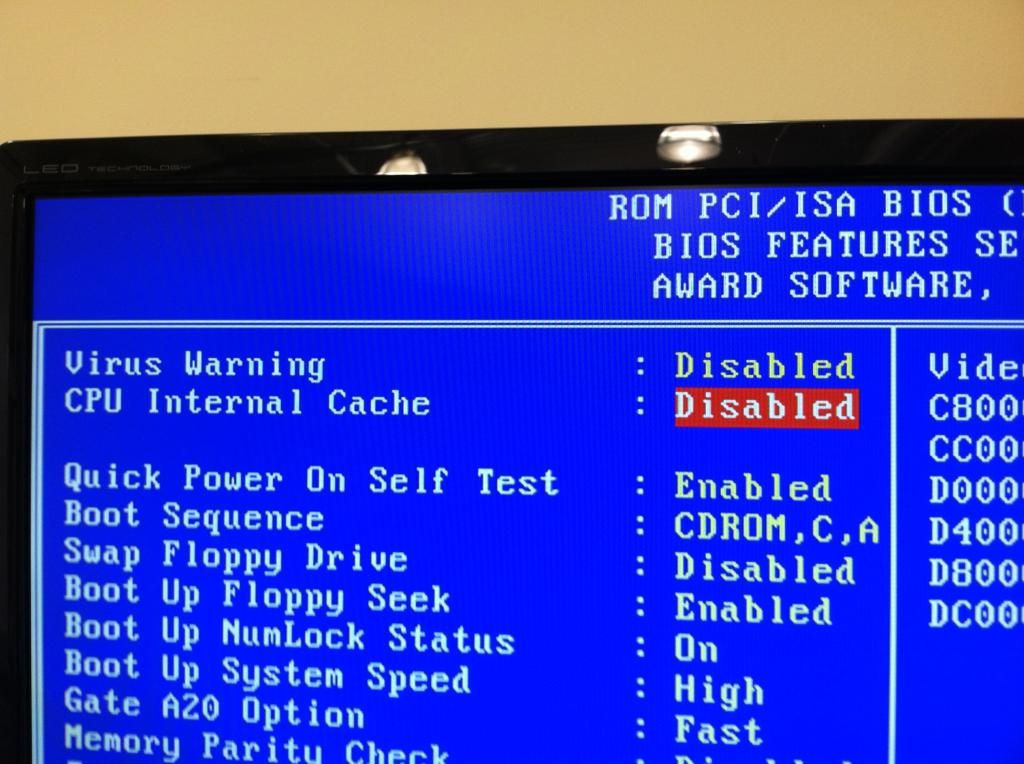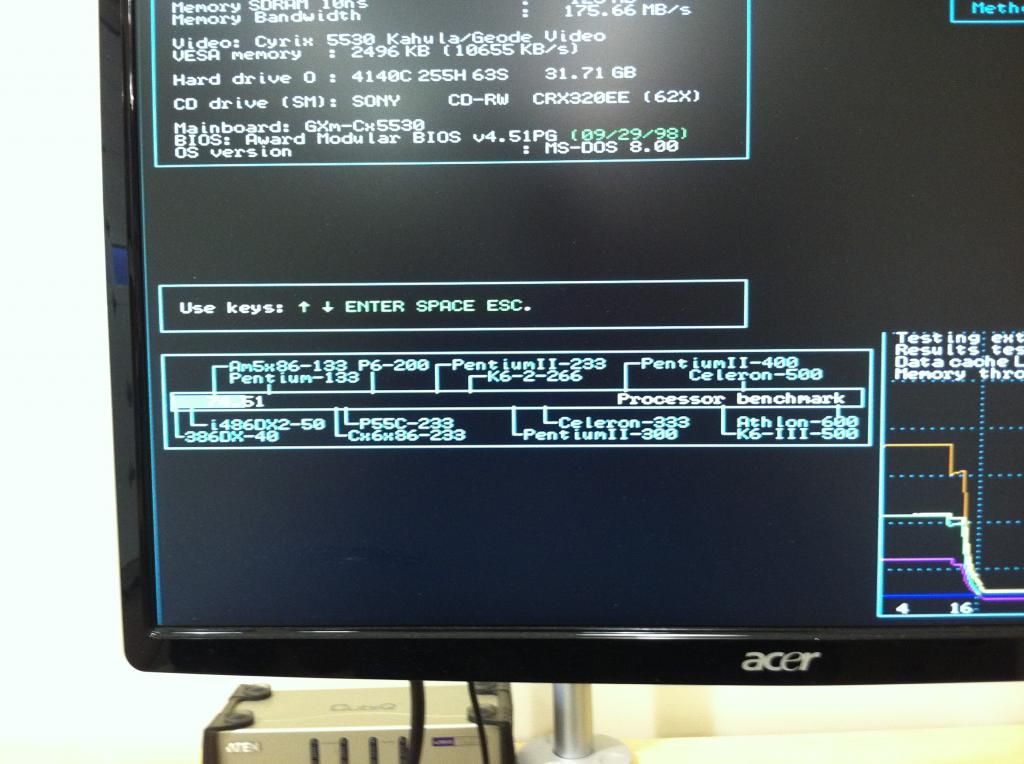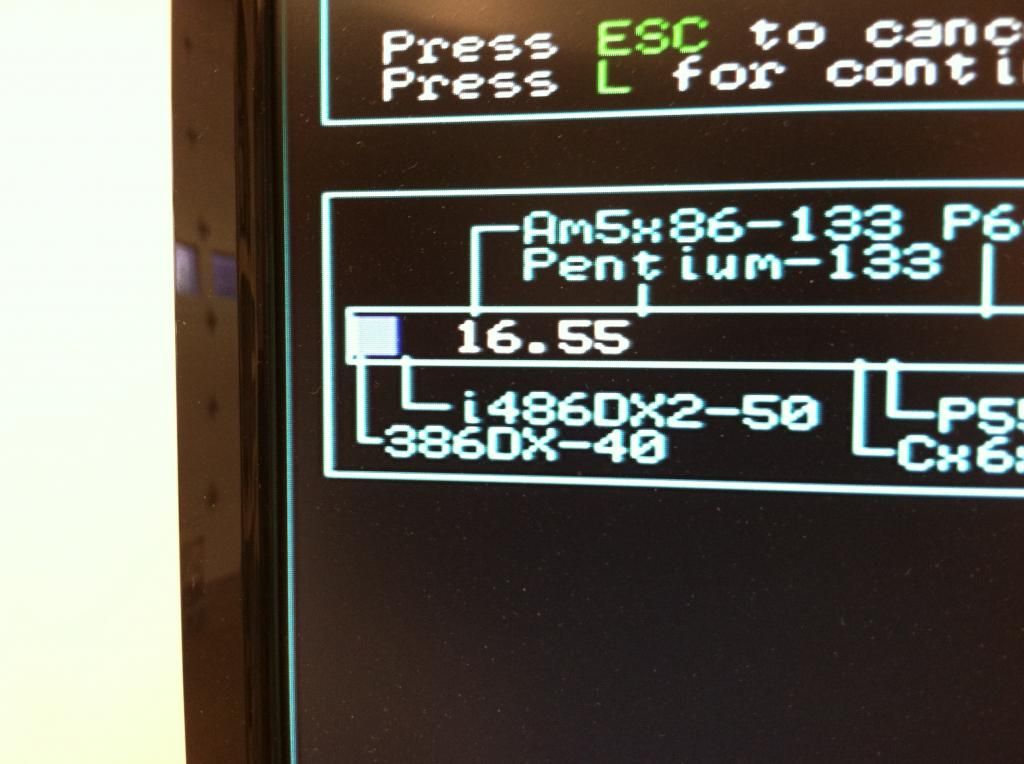First post, by squareguy
- Rank
- Oldbie
I have put together six NOS systems to support customers of mine and I was just curious if anyone on here might be interested in something similar.
National Geode GXM 200MHz CPU
Socket7 HSF
ECS P5GX-M motherboard
2 ISA Slots
2 PCI Slots
Micron 128MB SDRAM DIMM
1GB Compact Flash card
Compact Flash -> IDE adapter
Windows98 SE COA
New Sony CR2032 battery
100% tested
This is the motherboard manual. http://www.powerspec.com/support/system_board … hort_manual.pdf
Onboard sound and video that are probably not useful for DOS.
Gateway 2000 Case and 200-Watt PSU
Intel SE440BX-2 Motherboard
Intel Pentium III 450 CPU
Micron 384MB SDRAM (3x128)
Compaq Voodoo3 3500 TV Graphics Card
Turtle Beach Santa Cruz Sound Card
Western Digital 7200-RPM, 8MB-Cache, 160GB Hard Drive
Windows 98 SE




